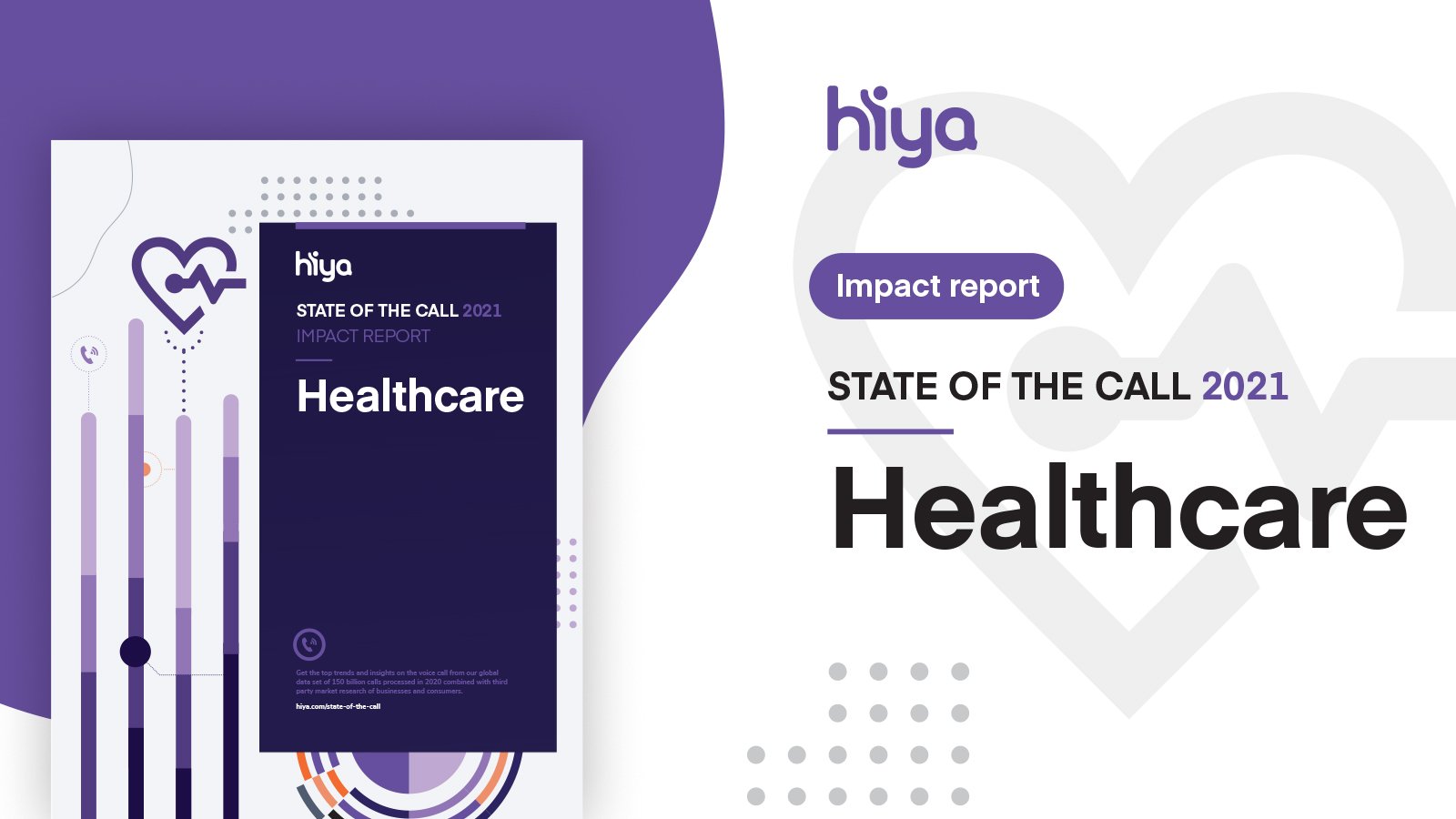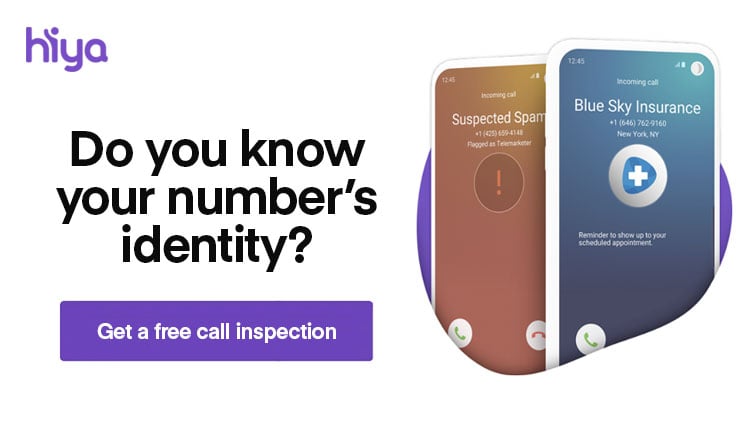There’s nothing more important than one's own health and the health of loved ones. As such, outbound medical call centers (also called healthcare call centers) have an important responsibility, ensuring that their healthcare customers are kept up to date regarding test results, upcoming appointments, insurance verification, and vital doctor communications.
Unfortunately, patients aren’t always able to immediately distinguish between important calls from trusted healthcare providers, and unsolicited spam calls from telemarketers. And when patients unknowingly refuse to pick up the phone or decide to terminate a call early, their health can end up suffering. This is why your outbound medical call-center agents need to be able to make their intent known quickly, and establish a relationship of trust with the people they are trying to help.
5 Best Practices
How can outbound medical call centers ensure that patients aren’t missing out on critical information or reminders? It all comes down to strategically improving the outbound call approach, and supporting your agents with the right tools. Here, we outline five best practices to help medical call centers help the patients who depend on them.
1. Support Multiple Channels and Language
Healthcare is a universal need, and that means that there is no one, single “audience” that medical call centers can focus their outbound efforts on. Instead, optimize your call center so that you can speak to patients in their own languages, and through the channels they feel most comfortable using.
Start by hiring multilingual agents, and work with respected interpreter services to ensure support for those languages your agents can’t speak. In terms of communication channels, provide patients with the option to continue the conversation through email, video chat, SMS, live chat, or other media. A complete patient profile, maintained in a central dashboard, will allow call recipients to switch seamlessly between channels whenever they need, for a more comfortable, more positive patient experience.
2. Analyze Key Metrics for Patient Satisfaction
Call-center interactions can have a major impact on patient satisfaction, and that isn’t always a good thing. If a negative call-center experience results in a patient turning elsewhere for their healthcare needs, you need to be able to identify what went wrong, and determine how you can improve patient interactions to avoid similar situations in the future.
While there are dozens of useful metrics for analyzing call-center effectiveness, those that focus on patient satisfaction are perhaps the most relevant. Net Promoter Score (NPS) and Customer Effort Score (CES) are simple, customer facing metrics that patients may use to quickly evaluate their call-center experiences. Unite these metrics with more-traditional metrics and KPIs to develop a clear picture of how effective your outbound efforts are.
3. Focus on Hiring the Right Agents
There’s more to working in outbound medical call centers than knowing how to dial a number. Agents need to have impeccable interpersonal skills and the ability to function calmly in high-stress situations.
Consider focusing on applicants who demonstrate prior experience working within healthcare. These agents will not only be more prepared for the realities of the job, but will have most likely already received HIPAA training to help ensure regulatory compliance. When such hires are not available, focus on providing top-quality training to bring new agents up to speed as quickly as possible.
4. Be Compassionate
Healthcare is a necessity, but it’s seldom a fun experience. Often, your call center will be reaching out to patients who are going through difficult and unsure times. There’s a good chance that these patients are already under a lot of stress, and having to deal with healthcare-related details or less-than favorable diagnosis may make things even worse.
As such, it’s up to your agents to ensure that they are doing everything in their power to promote compassion and understanding while working with patients, even when (or rather especially when) the patients themselves may be upset, angry, or combative. Calm, tolerant, attentive, and empathetic agents can help provide a positive experience to offset the negative ones that a patient might be dealing with behind the scenes.
5. Use a Full-Service Voice Platform
Before you can help your patients, you need to make sure that they understand who is calling and why. Traditional caller ID services can give patients a basic idea by including your organization’s name and phone number along with the incoming call, but often this is not enough. Without a clearer description to accompany the call, many patients will simply refuse to answer.
Hiya offers a solution. By allowing medical call centers to include not only their name and phone numbers, but also company logos and even a brief description describing the purpose behind the call, patients can answer the phone with confidence. The Hiya platform also provides analytics, reporting, reputation management, and call security tools, so that you can optimize your center while you better serve your patients.
Outbound medical call centers offer an essential service. However, when patients don’t answer the phone or don’t have a positive experience interacting with agents, that service cannot be provided effectively. This list of medical call center best practices can help you provide a better service to the patients who need you, and ensure that your medical call center really is making a difference.
Want more insight into how the latest voice trends can impact your contact center strategy? Check out the Hiya Healthcare State of the Call Report.













